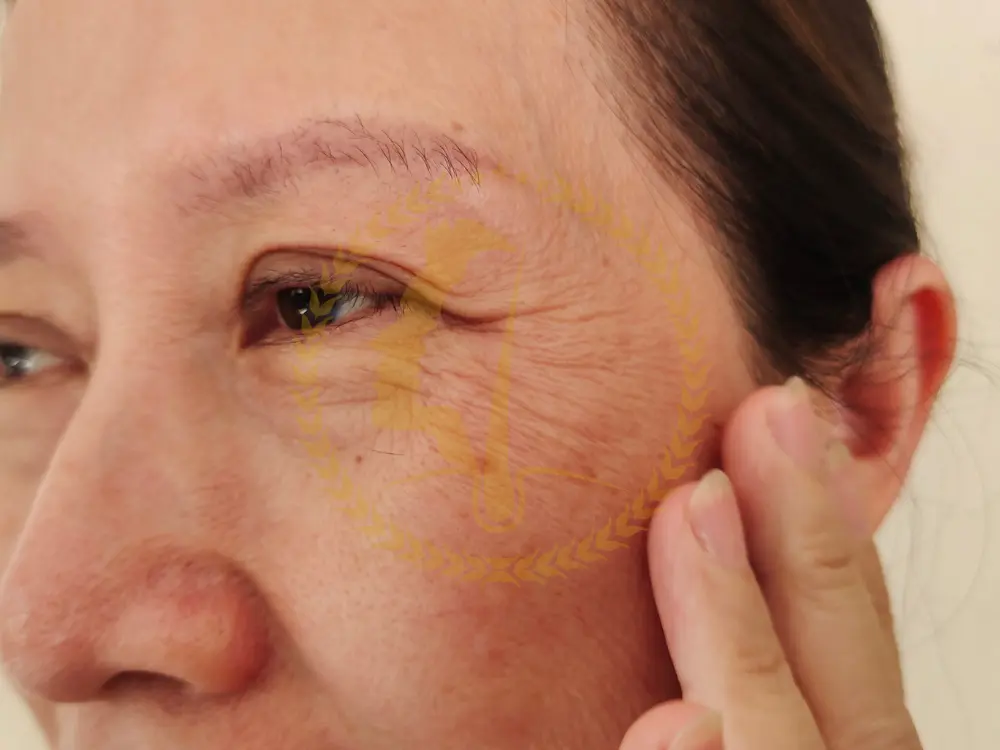Dark patches on skin can be a significant concern for many, affecting self-confidence and overall appearance. These patches, also known as hyperpigmentation, can result from various factors such as sun exposure, aging, hormonal changes, and skin conditions. Fortunately, several treatments can help reduce or eliminate these unsightly spots. Among these, the Carbon Laser Peel has gained popularity for its effectiveness. This article will explore the causes of dark patches on skin and highlight the top treatments available, including the innovative Carbon Laser Peel.
Understanding Dark Patches on Skin
Dark patches, or hyperpigmentation, occur when certain areas of the skin produce more melanin than usual. Melanin is the pigment responsible for skin color, and its overproduction can lead to darker spots or patches on the skin. These patches can appear anywhere on the body but are most common on the face, hands, and other areas frequently exposed to the sun.
Causes of Dark Patches on Skin
- Sun Exposure: One of the most common causes of dark patches is prolonged exposure to ultraviolet (UV) rays from the sun. UV rays trigger the production of melanin, leading to sunspots or age spots, particularly on areas exposed to the sun.
- Hormonal Changes: Conditions like pregnancy, menopause, or taking birth control pills can lead to melasma, a type of hyperpigmentation characterized by dark, irregular patches on the face.
- Post-Inflammatory Hyperpigmentation (PIH): This occurs after the skin has healed from an injury or inflammation, such as acne, eczema, or psoriasis. The skin can produce excess melanin during the healing process, resulting in dark patches.
- Aging: As the skin ages, it becomes more prone to hyperpigmentation due to the cumulative effects of sun exposure over the years and a slower rate of skin cell turnover.
- Medications: Certain medications, such as chemotherapy drugs, can cause hyperpigmentation as a side effect.

The 7 Effective Solutions for Treating Dark Patches on Skin
1. Topical Treatments
Topical treatments are often the first line of defense against dark patches on the skin. These treatments typically contain ingredients like hydroquinone, retinoids, or vitamin C, which can help lighten the dark spots over time. Hydroquinone is a powerful skin-lightening agent that reduces melanin production, while retinoids accelerate skin cell turnover, promoting the growth of new, unblemished skin.
2. Chemical Peels
Chemical peels involve applying a solution to the skin that exfoliates the outer layer, revealing fresher, more evenly toned skin beneath. Depending on the severity of the hyperpigmentation, different strengths of peels can be used. Alpha hydroxy acids (AHAs) and beta hydroxy acids (BHAs) are commonly used in lighter peels, while stronger peels may use trichloroacetic acid (TCA) or phenol.
3. Laser Therapy
Laser therapy is a more intensive treatment option that targets hyperpigmentation with concentrated light energy. The laser breaks down the melanin in the dark patches, allowing the body to absorb and eliminate it. There are different types of laser treatments available, including intense pulsed light (IPL) and fractional lasers, which are tailored to the specific needs of the patient.
4. Microdermabrasion
Microdermabrasion is a non-invasive procedure that uses tiny crystals to exfoliate the outer layer of the skin. This process helps reduce the appearance of dark patches by removing dead skin cells and promoting the growth of new, evenly pigmented skin. Microdermabrasion is often recommended for mild hyperpigmentation and can be combined with other treatments for enhanced results.
5. Carbon Laser Peel
The Carbon Laser Peel is an advanced and highly effective treatment for dark patches on skin. This procedure involves applying a thin layer of liquid carbon to the face, which penetrates deep into the pores. A laser is then passed over the area, targeting the carbon particles and exfoliating the skin, while also stimulating collagen production. The Carbon Laser Peel not only reduces dark spots but also improves overall skin texture and tone, making it a popular choice for those seeking a comprehensive skin rejuvenation treatment.
6. Cryotherapy
Cryotherapy involves freezing the dark patches using liquid nitrogen. This process destroys the pigmented cells, causing the dark spots to peel off as the skin heals. Cryotherapy is typically used for smaller, well-defined dark patches and may require multiple sessions to achieve the desired results.
7. Natural Remedies
For those looking for more natural alternatives, certain home remedies can help reduce the appearance of dark patches. Ingredients like lemon juice, aloe vera, and turmeric are known for their skin-lightening properties. However, these remedies may take longer to show results and are generally recommended for mild cases of hyperpigmentation.
The Benefits of Carbon Laser Peel for Dark Patches on Skin
How Carbon Laser Peel Works
The Carbon Laser Peel, also known as the “Hollywood Peel” due to its popularity among celebrities, is a painless and non-invasive treatment that provides immediate results. During the procedure, a carbon-based lotion is applied to the skin. The carbon particles absorb oil, dirt, and dead skin cells from deep within the pores. The laser is then used to target the carbon, vaporizing it along with the impurities. This process not only removes dark patches but also reduces acne, tightens pores, and stimulates collagen production, resulting in smoother, clearer, and more youthful-looking skin.
Why Choose Carbon Laser Peel?
- Immediate Results: Unlike some treatments that require weeks to show results, the Carbon Laser Peel offers noticeable improvement after just one session.
- Minimal Downtime: There’s no significant recovery time required after a Carbon Laser Peel. You can resume your regular activities immediately following the procedure.
- Suitable for All Skin Types: The Carbon Laser Peel is safe and effective for all skin types, making it a versatile option for anyone struggling with dark patches on the skin.
- Comprehensive Skin Rejuvenation: Beyond treating hyperpigmentation, the Carbon Laser Peel also improves overall skin texture, tightens pores, and reduces the appearance of fine lines, making it a comprehensive skin rejuvenation solution.
FAQs About Dark Patches on Skin and Carbon Laser Peel
1. What causes dark patches on skin?
Dark patches on the skin, or hyperpigmentation, can be caused by sun exposure, hormonal changes, aging, and skin conditions. Other factors include post-inflammatory hyperpigmentation from injuries or acne and side effects of certain medications.
2. Is Carbon Laser Peel effective for all skin types?
Yes, Carbon Laser Peel is suitable for all skin types and can effectively reduce dark patches while also improving overall skin texture and tone.
3. How many sessions of Carbon Laser Peel are needed to see results?
While many patients notice improvement after just one session, a series of 3-6 treatments spaced a few weeks apart is often recommended for optimal results.
4. Are there any side effects of Carbon Laser Peel?
Carbon Laser Peel is generally safe with minimal side effects. Some patients may experience slight redness or tingling immediately after the procedure, which typically subsides within a few hours.
5. How long do the results of Carbon Laser Peel last?
The results of Carbon Laser Peel can last several months, but maintenance treatments are recommended every 3-6 months to sustain the benefits.
6. Can I combine Carbon Laser Peel with other treatments?
Yes, Carbon Laser Peel can be combined with other treatments like microdermabrasion, chemical peels, or topical treatments for enhanced results.
